Foundation Issues
Foundation Issues
Get Your Clean, Dry, Healthy Basement Now, Pay Over Time. Ask About Our Great Financing Options!
We’re Pittsburgh’s Leader in Foundation Repair Services
Maintaining your home’s foundation is crucial for ensuring safety and comfort and maintaining its property value. However, you don’t have to do it alone. Everdry Waterproofing of Pittsburgh provides exceptional foundation repair services in the Pittsburgh area and its surrounding regions. With decades of experience completing concrete foundation repairs, we can provide structural foundation repair solutions to ensure your home is stable and secure. From basement foundation repair to cracked foundation treatment, we can address your home’s unique needs.
Recognizing the Warning Signs of Foundation Damage
Spotting foundation issues early can save homeowners significant stress and money. If left unattended, minor problems can quickly escalate into costly issues. If you notice foundation damage, you should immediately request an inspection from our foundation repair company in Pittsburgh. Common signs of foundation damage include:
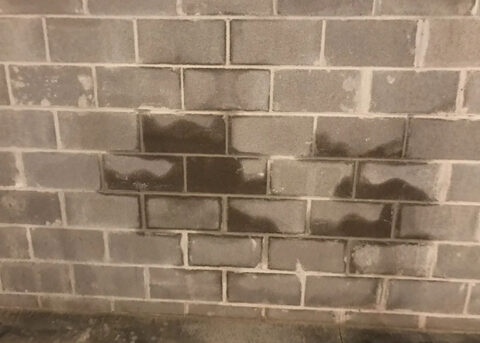
Damp Spots on Walls
Water stains or dampness on basement walls often indicate foundation cracks or poor sealing.
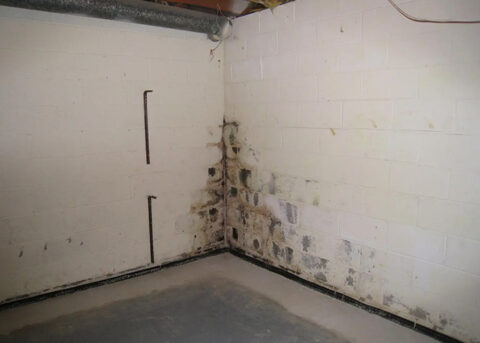
Mold or Mildew
Fungal growth indicates that moisture is seeping into areas where it shouldn’t.
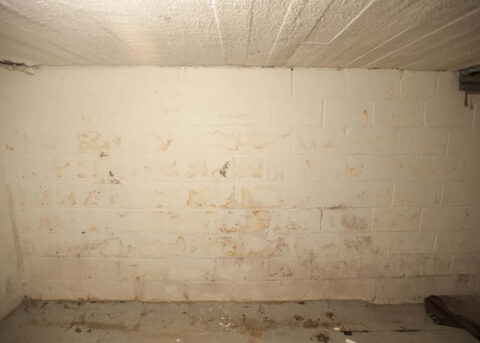
Peeling Paint
A compromised foundation can cause excess humidity, weakening interior paint on basement walls.

Rust on Appliances
Humid basements may cause metal parts on appliances to rust.
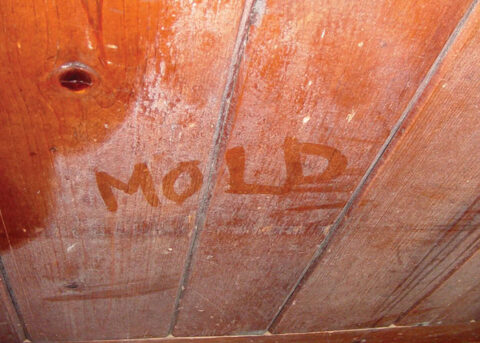
Musty Odor
Persistent dampness creates a smell that can permeate your basement and even spread to the main house.
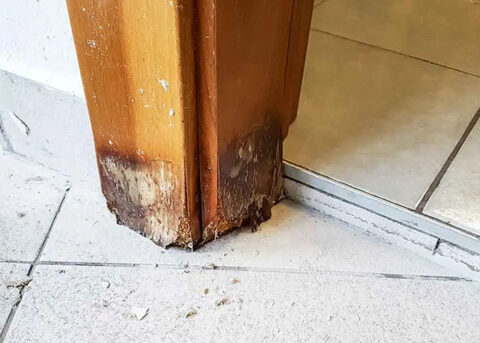
Dry Rot
This form of wood decay is caused by excess moisture, further compromising structural integrity.
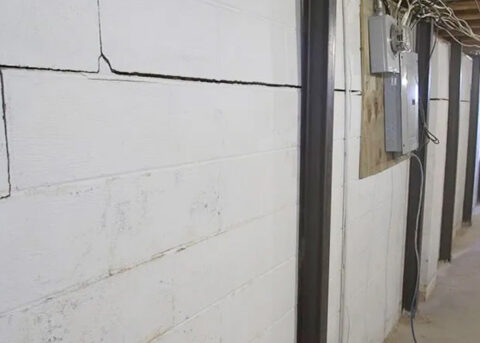
Cracked Walls and Floors
Among the most visible signs of foundation damage, cracks indicate the need for immediate attention.
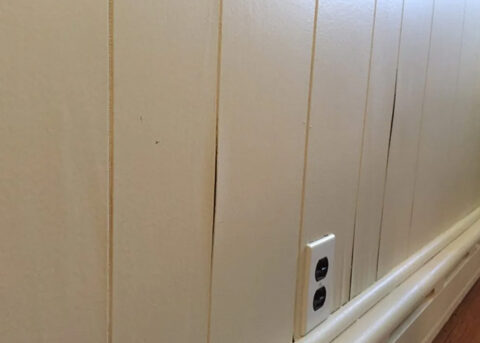
Warped Paneling
Bowing or uneven paneling is often tied to structural shifts beneath your home.
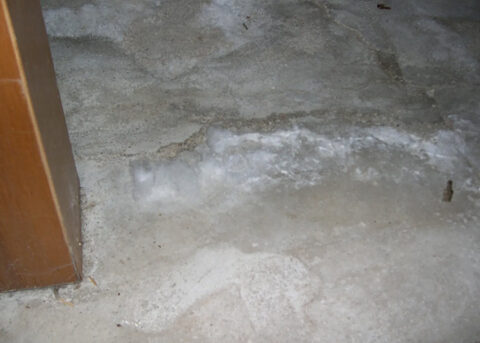
Chalky White Substance
Efflorescence, a white powdery residue, forms on walls when water evaporates and leaves behind salts.
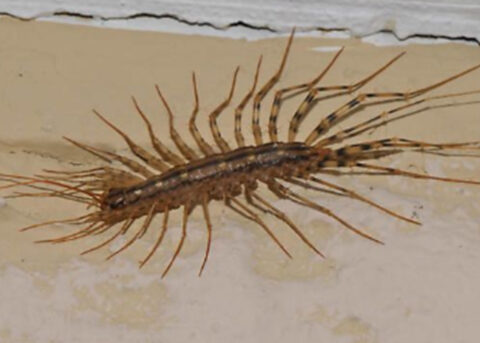
Bugs and Pests
Foundation damage creates small openings, inviting unwanted pests, such as termites and ants, into your home.
Our Experts Perform Foundation Inspections
A professional home inspection is critical for identifying foundation issues. Our team at Everdry Waterproofing provides thorough evaluations to address current concerns and identify any hidden problems. We utilize advanced tools and techniques to deliver comprehensive results, providing homeowners with peace of mind. Let our years of expertise work in your favor when you need to dig deeper into your basement issues. We have keen eyes, allowing us to identify problems and devise solutions to address them quickly.
Why Addressing Mold Is Essential
Mold in your home isn’t just an eyesore. It can have serious health effects. Excess mold, often caused by poor foundation sealing, may lead to allergy symptoms, asthma triggers, or even respiratory complications. Everdry Waterproofing of Pittsburgh repairs our clients’ foundations while also taking measures to stop mold at its source. We’re committed to ensuring a clean, safe environment for your family.

How We Can Repair Your Home’s Foundation
Our foundation repair company offers a range of house foundation repair services tailored to remedy structural concerns. Among the methods we use are:
- Crack Repairs – We seal surface-level or deep cracks in concrete to prevent further damage and deterioration.
- Waterproofing Systems – Our solutions secure basements and foundations against future water seepage.
- Foundation Pier Systems – Pier systems offer robust, stable solutions for homes experiencing significant settlement issues.
- Structural Reinforcements – We stabilize and strengthen weakened foundations to ensure long-term structural integrity and safety.
Benefits of Foundation Repairs
Repairing your foundation is a proactive, cost-effective step toward protecting your home. Some of the most significant advantages of professional foundation repair solutions include the following:
- Structural Stability – Fixing your foundation helps ensure your home remains safe and livable for years.
- Enhanced Property Value – A home with a secure foundation is far more attractive to buyers.
- Cost Savings – Addressing minor foundation issues early can avoid significant repair costs later.
- Energy Efficiency – Sealed foundations eliminate air leaks, helping to maintain consistent home temperatures.
You Can Count on Everdry Waterproofing of Pittsburgh
What makes Everdry Waterproofing of Pittsburgh the region’s go-to company for structural foundation repair? Here are some of the reasons local homeowners choose us:
- Unmatched Experience – With over 35 years of experience in the business, we offer expertise you can trust.
- Tailored Solutions – We don’t believe in one-size-fits-all solutions. Our team customizes every repair to meet the specific needs of each home.
- Advanced Technology – From inspections to repairs, we use cutting-edge tools to deliver high-quality results.
- Customer-Centric Approach – We don’t just fix issues. We build lasting relationships. Your satisfaction is always our top priority.
Schedule Your In-Home Consultation Today
Address your home’s foundation problems promptly by seeking help from our residential foundation repair experts at the first sign of trouble. We proudly serve homeowners in Pittsburgh, PA, and the surrounding areas. Contact us today to schedule your complimentary in-home consultation.
